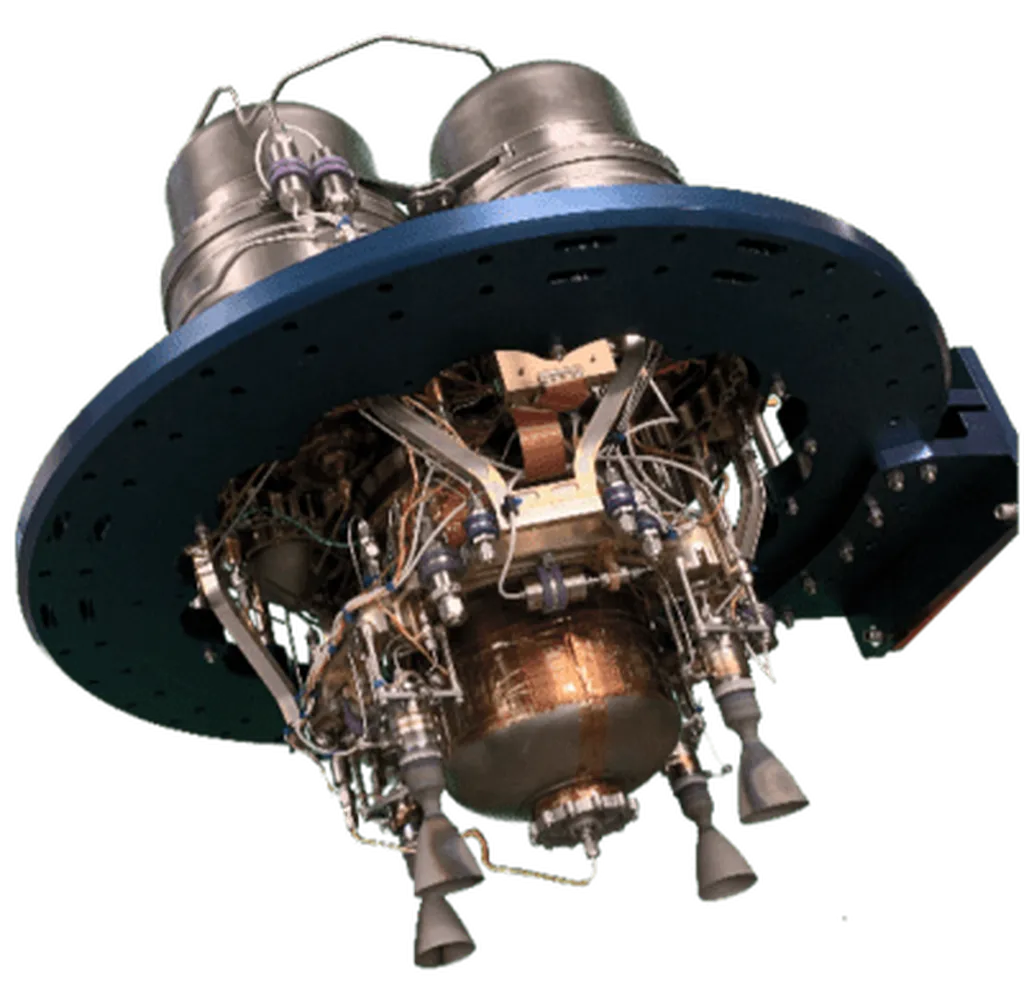In a groundbreaking development poised to revolutionize in vivo molecular monitoring, researchers have introduced a novel catheter-electrode system that promises to make the fabrication of electrochemical aptamer-based (E-AB) sensors more accessible than ever before. This innovation, detailed in a recent study published in *ECS Sensors Plus* (which translates to *ECS Plus Sensors* in English), could significantly lower the barriers to entry for researchers in the field, accelerating advancements in real-time molecular monitoring.
At the heart of this research is John Mack, a lead author affiliated with the Biochemistry, Cellular and Molecular Biology Program at Johns Hopkins School of Medicine. Mack and his team have tackled a longstanding challenge in the field: the labor-intensive and highly specialized process of constructing E-AB sensors. Traditionally, these sensors have required meticulous, manual fabrication, demanding substantial time and technical expertise. “The traditional methods were not only time-consuming but also required a high level of skill, which limited the number of researchers who could effectively utilize this technology,” Mack explained.
To overcome these hurdles, the team turned to additive manufacturing, specifically stereolithography—a rapid prototyping technique that builds objects layer by layer using light to cure liquid resin. By combining this approach with established device construction methods, they developed a platform capable of continuous molecular monitoring in the subcutaneous interstitial fluid (ISF) of rodent models. ISF, increasingly recognized as a promising frontier for continuous molecular monitoring, plays a central role in current biosensor research.
The implications of this research extend far beyond the laboratory. In the energy sector, for instance, the ability to continuously monitor molecular concentrations in real-time could lead to more efficient and precise energy storage solutions. Imagine batteries that can self-regulate based on real-time data, optimizing performance and extending lifespan. “This technology has the potential to transform how we approach energy storage and other applications where real-time molecular monitoring is critical,” Mack noted.
By simplifying the fabrication process, the team hopes to make E-AB sensors more accessible to a broader range of research laboratories. “Our goal is to eliminate the most prohibitive steps in traditional fabrication, thereby reducing the skill threshold required for building functional E-AB probes,” Mack said. This democratization of technology could spur innovation across various fields, from pharmacology to environmental monitoring.
The study, published in *ECS Sensors Plus*, marks a significant step forward in the field of in vivo biosensing. As researchers and industries alike grapple with the challenges of real-time molecular monitoring, this new catheter-electrode system offers a promising solution. By making the technology more accessible and easier to implement, the research paves the way for a future where continuous molecular monitoring is not just a possibility but a reality.

